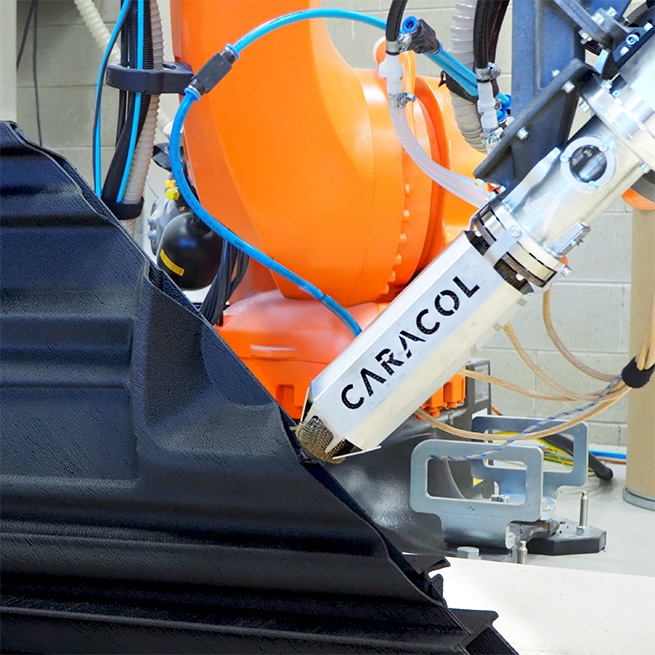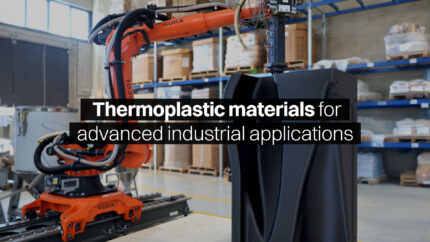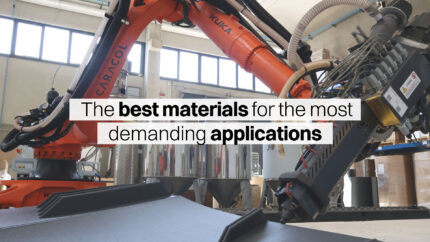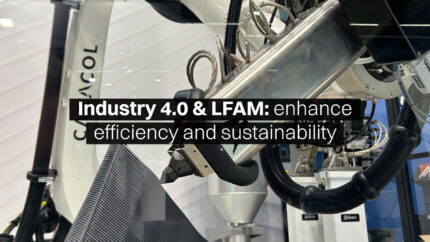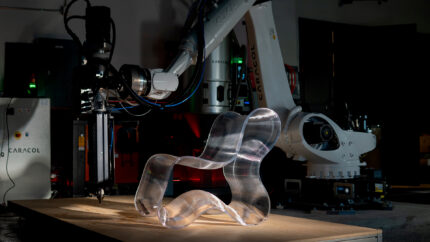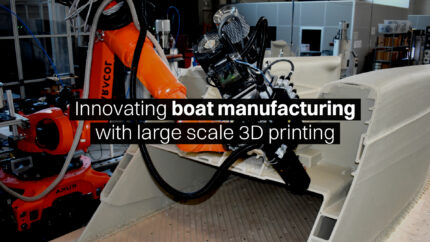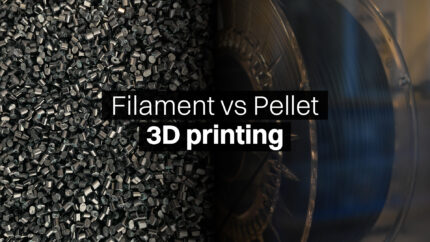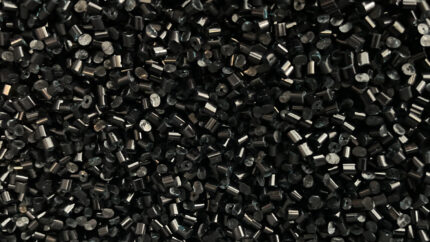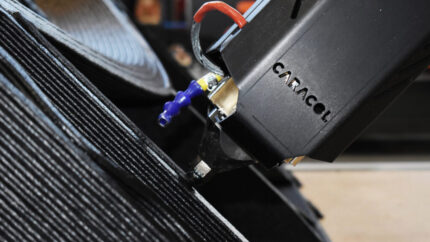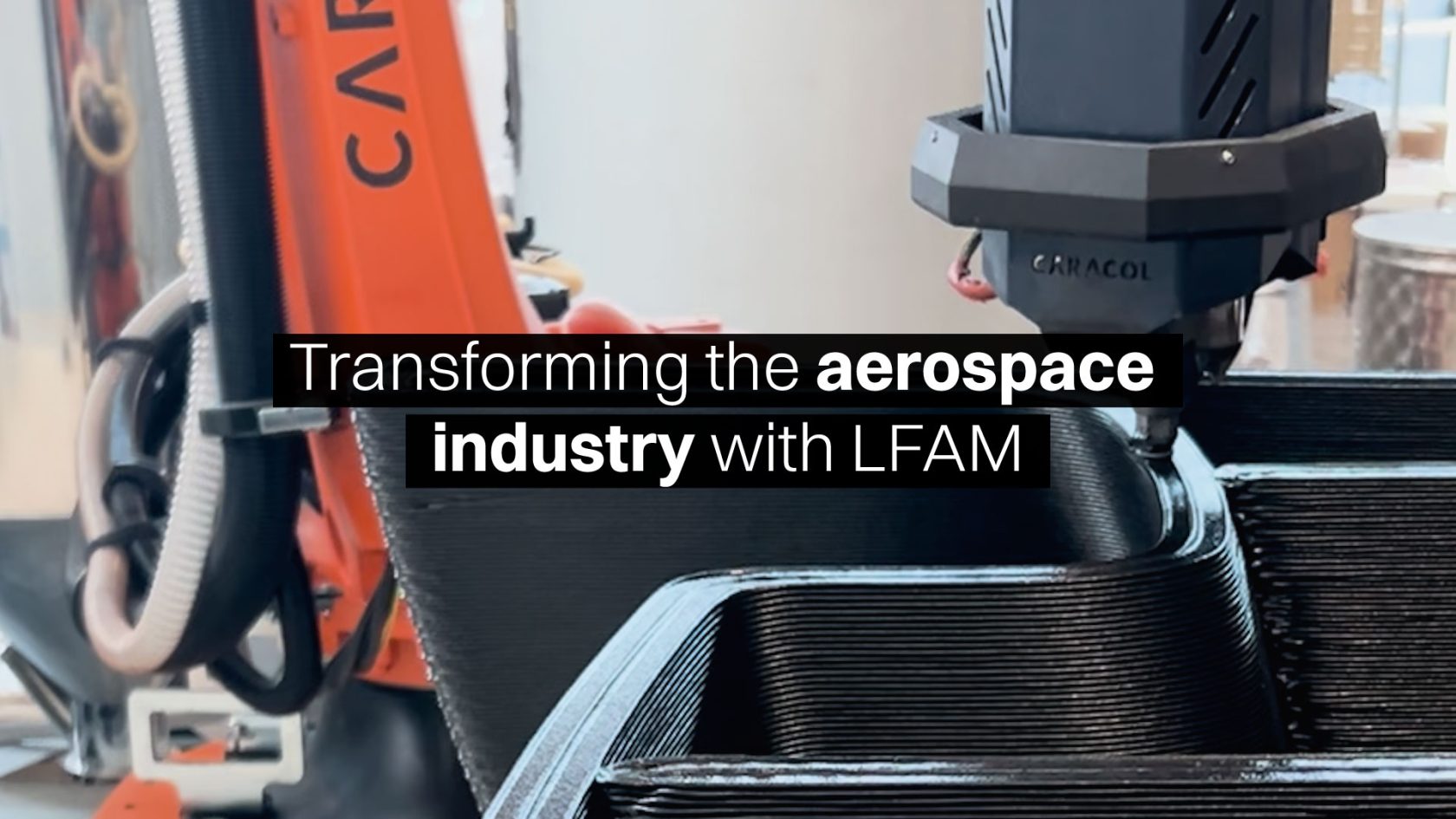
From lightweight aircraft components to advanced rocket parts, LFAM technology is revolutionizing the future of 3D printing in aviation.
The aerospace industry has always been at the forefront of technological innovation, and they’ve been one of the driving forces behind the adoption of 3D printing for industrial uses over the past few years. The need for lighter, more efficient yet resistant large-scale components has fostered LFAM adoption in aerospace transportation. This technology is reshaping the way tools, rockets and even planes and spacecrafts are built.
The role of 3D printing in aviation
Thanks to 3D printing manufacturers are producing parts with complex geometries that were difficult or impossible to manufacture with traditional methods. This flexibility is particularly valuable in the production of components like engine parts and brackets, that must withstand extreme conditions but also be as lightweight as possible. 3D printed aircraft engine parts, for instance, are designed to reduce the weight of the engine while maintaining and improving performance: lighter engine components not only reduce fuel consumption but also improve the overall efficiency and range of the aircraft.
Specifically, when it comes to large format 3D printing for aerospace, the main use is currently for tooling – jigs, fixtures, and molds. Through these technologies there can be significant cuts in material waste. While traditional methods often involve machining large blocks of material resulting in substantial excess, with 3D printing material is deposited layer by layer, using only what is needed, which makes the process more sustainable and cost-effective. This is especially crucial in industries like aerospace, where even small improvements in efficiency can translate into massive cost savings.
The main advantages of LFAM in tool production over the traditional process are:
- extremely fast production
- possibility of creating complex geometries
- production of lighter tools without compromising structural strength
- material optimization and reduction of waste
- reduce transports and storage need by encouraging an on-demand localized production
3D printing rockets and spacecraft components
The benefits of 3D printing in aviation extend beyond aerospace tooling – where LFAM was first applied – and aircraft components. Cutting-edge companies like SpaceX and NASA are already 3D printing rockets and other space components, achieving faster prototyping and reduced lead times while obtaining extremely efficient parts that are both lightweight and durable – key qualities for components that must endure the harsh conditions of space.
NASA extensively uses LFAM to produce space missions’ components as 3D printed aircraft engine parts for testing in extreme environments, where traditional materials might fail. 3D printing rocket engines, fuel tanks and even small spacecraft components enables faster iterations and innovations in the design process.
The game-changing role and the future of 3D printing in aviation
Aerospace isn’t the only industry reaping the rewards of LFAM. 3D printing in aviation has to face the demanding requirements of the sector: aircraft manufacturing requires extremely high safety and performance standards and leveraging 3D printed parts means underdoing the necessary testing and validation to understand if these processes and materials are up to the challenge. Already some great results have been achieved on certain components, and this has enabled new 3D printing processes – beyond the more common metal powder bed fusion – to be explored and evaluated for production.
Furthermore, the customization possible with LFAM enables engineers to optimize components development and production for specific functions, such as increasing aerodynamics, improving fuel efficiency or reducing maintenance costs with easier repairs in the field. Thanks to these unmatched characteristics, large format 3D printing is becoming a strategic technology to enhance performance as well as safety of advanced parts in many industries.
As the role of LFAM is set to grow further, in the future, we can expect 3D printing for aerospace to become increasingly common. Space exploration will continue to be propelled by innovative technology such as 3D printing, due to the ability to easily integrate with leaner production processes without sacrificing the quality and durability of parts, including structural parts.
To sustain this evolution, the use of advanced materials such as high performing metal alloys, super polymers and composites, will play a key role. Their qualification for high-quality 3D printing processes will ensure a high strength-to-weight ratio, making LFAM ideal for the production of critical aircraft and spacecraft components. The combination of advanced materials and innovative manufacturing techniques will lead to even greater improvements in performance, sustainability and cost efficiency.
